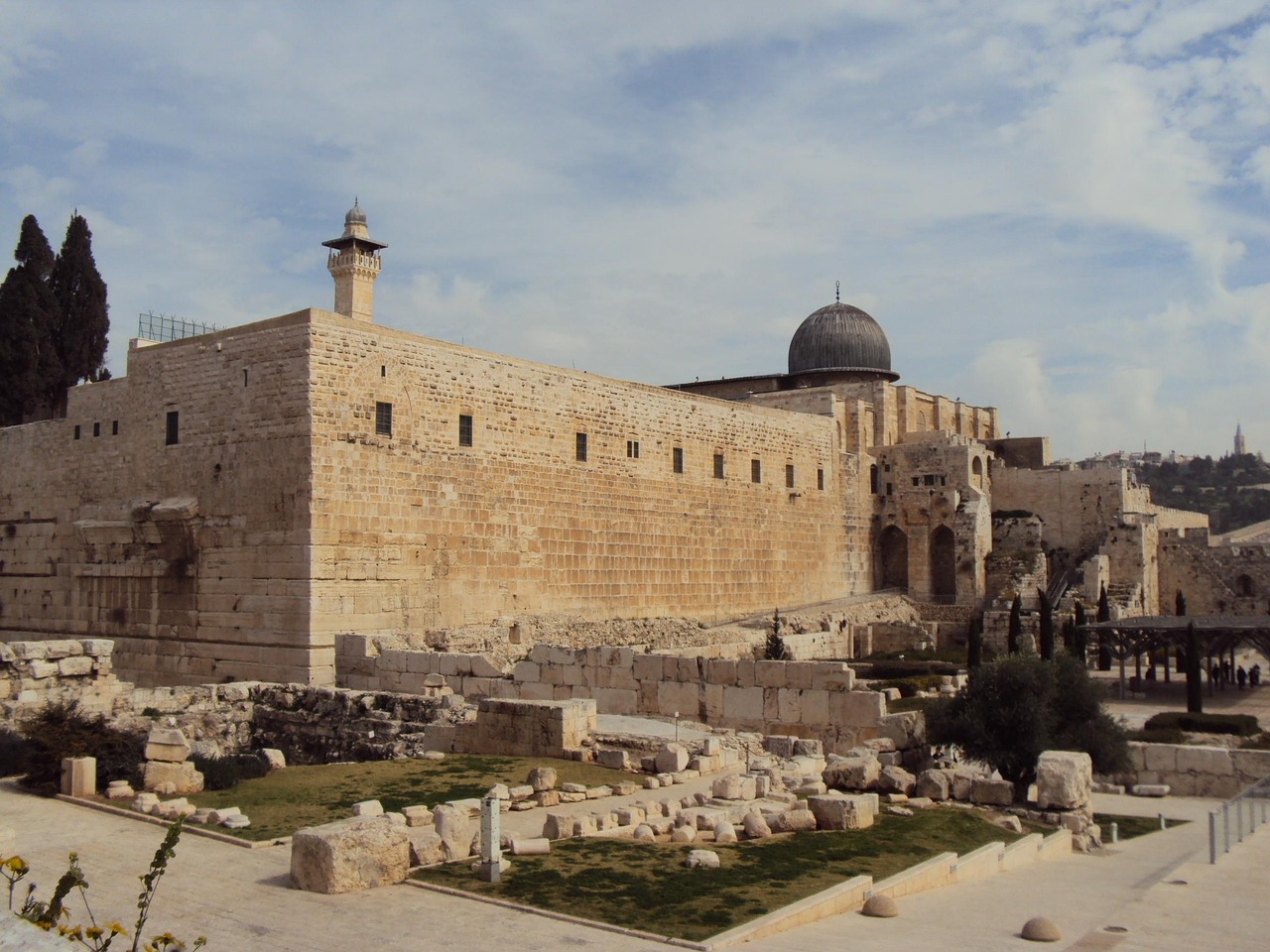The Coming Wedding Feast of the Lamb of God
Weddings are universal symbols of joy, anticipation, and the beginning of a beautiful new life. They are moments when two lives—and often two communities—come together in a single, unified celebration. It’s no surprise, then, that God uses the imagery of a wedding to illustrate the ultimate culmination of His plan for humanity.
Human history itself, framed by the Bible, begins and ends with wedding narratives. The book of Genesis opens with the union of the first man and woman in the garden, and the book of Revelation culminates with the glorious union of the Second Man and Last Adam, Jesus Christ, to His Bride. This final, triumphant event is what the Apostle John calls the “wedding feast of the Lamb” in Revelation 19:7–9 (NASB 2020).
Understanding the Biblical Wedding Metaphor
To fully grasp the significance of this celestial event, it helps to understand the two main components of a wedding in biblical times:
1. The Betrothal
The betrothal () was a formal, legal promise to marry. In fact, a betrothed couple was considered legally husband and wife, though they did not yet live together.
The timeline for the Bride of Christ—the Church—mirrors this ancient practice:
- Determined in God’s Mind: The betrothal was initially set “before the foundation of the world” when God chose us in Christ (Ephesians 1:4).
- Individually Initiated: It happens the moment we receive the Gospel of Christ. As Paul told the Corinthians, “For I am jealous for you with a godly jealousy; for I betrothed you to one husband, to present you as a pure virgin to Christ” (2 Corinthians 11:2).
- Historically Established: The entire period of the Church Age, or the Dispensation of the Gentiles, is the time of the betrothal of the Church to Christ, carried out by Gospel preachers who represent God in winning souls, much like Abraham’s servant Eleazar secured Rebekah for Isaac (Genesis 24).
2. The Wedding/Wedding Feast
This stage (, including the
or main meal) was the celebration of the union, the joyous consummation initiated by the betrothal. As Revelation 19:9 says, “Blessed are those who are invited to the banquet at the wedding celebration of the Lamb!” The wedding and the feast were one and the same celebration.
The betrothal ends and the union begins when the groom comes to fetch his bride from her father’s house and takes her to his own home in a procession, famously illustrated by the Parable of the Ten Virgins (Matthew 25:1–13).
Technically, the Bride of Christ is united with Him in the Rapture, when Jesus catches His Bride away and brings Her home. It is at this glorious moment that the betrothal period ends and the final union commences.
When Will the Marriage Feast Take Place?
In a biblical wedding, the celebration follows the completion of the betrothal, and its date is known only by the groom’s father.
The Marriage Feast of the Lamb will take place on Earth, and the celebration is announced in heaven immediately after the destruction of the great prostitute (Babylon) and the wrath of God is poured out (Revelation 16-18). The angelic announcement is made in Revelation 19:6–7:
“Then I heard something like the voice of a great multitude… saying, ‘Hallelujah! For the Lord our God, the Almighty, reigns. Let’s rejoice and be glad and give the glory to Him, because the marriage of the Lamb has come, and His bride has prepared herself.'”
This announcement points directly to the Millennial Kingdom—the thousand-year reign of Christ on Earth together with His saints (Revelation 20:4–6). This is the great Messianic reign prophesied throughout the Old Testament as a time of unprecedented peace and prosperity (Isaiah 9:6–7; 11:1–10).
The Millennium is where the union of Christ and His Saints is finally celebrated! It is a royal wedding feast that spans a thousand years of shared glory and rule.
The Bride Becomes the Wife of the Lamb
Notice a subtle but profound shift in John’s vision: in Revelation 19, the Bride (nymphe) is now referred to as the Lamb’s Wife (
gyne, as translated in some versions like the NKJV). This change signifies that the union has commenced: the Groom has fetched His Bride in the Rapture, and they have become one, sharing in the same glory.
The text tells us the Wife “has prepared herself.” This means she is now officially the Wife, ready to face the guests and celebrate. She is “clothed herself in fine linen, bright and clean; for the fine linen is the righteous acts of the saints” (Rev 19:8).
This clothing represents two things:
- Glorified State: The fine linen symbolizes the glorified body the Church receives at the Rapture, sharing in Christ’s glory (Romans 8:17; 1 John 3:2).
- Righteous Acts: It highlights that the glorious body will emphasize and showcase the righteous living of the saints throughout their earthly lives.
The Lamb’s Wife will then come down to Earth to the New Heaven and New Earth (Revelation 21:1–2, 9), which begins with the Millennial reign, to rule with her Husband in righteousness and justice.
The Blessed Invited Guests
While the Church is the Wife, Revelation 19:9 speaks of others who are blessed: “Blessed are those who are invited to the wedding feast of the Lamb.”
Just as in any great celebration, there are invited guests—friends and loved ones who come to celebrate the union. In this context, the invited guests are the righteous people whom God will allow to survive the Great Tribulation and the wrath of God and enter into the Millennial Kingdom in their mortal bodies. They are the “sheep” who will inherit the kingdom prepared for them (Matthew 25:31–36).
They are the celebrants, and we—the Church, the Bride—will be the royal hostess, sharing the throne and the glory with our Groom.
The marriage feast of Christ and His Bride is not a distant, abstract concept; it is the climax of human history and the definitive reward for all who have placed their faith in Him. We are not merely guests; we are the Bride who will be the Lamb’s Wife, and the greatest celebration ever known is rapidly approaching.
Are you prepared for the wedding?


